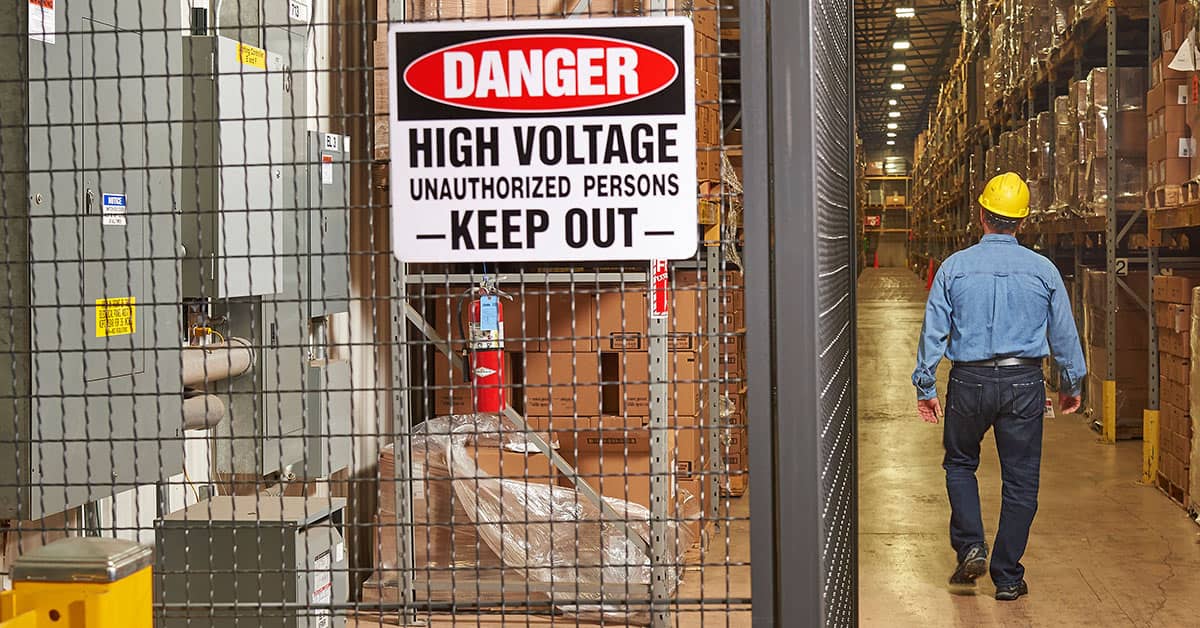Electrical safety: Common OSHA violations
Date Posted: 05/24/2021

If you search OSHA’s top ten violations for General Industry (excluding Construction), the electrical standard at 1910.303 makes the list. Most citations issued mention paragraphs (b) or (g).
Paragraph (b) covers examination, installation, and use of equipment. It includes a kind of a “general duty clause” for electrical installations, stating, “Electric equipment shall be free from recognized hazards that are likely to cause death or serious physical harm to employees.”
This gives OSHA a bit of leeway, since electricity is dangerous and nearly any electrical exposure hazard could cause serious injury. Although that paragraph gets cited quite often, it isn’t the most frequently cited paragraph of the standard.
Proper use of equipment
The most-cited paragraph is 1910.303(b)(2) which states: “Listed or labeled equipment shall be installed and used in accordance with any instructions included in the listing or labeling.” This provision basically tells employers to follow the manufacturer’s instructions for equipment.
This can cover things like improper installation of an electrical box, but OSHA has also cited this for things such as improperly using power strips or allowing employees to use outlets that were not correctly installed.
Access and working space
Although that “follow directions” paragraph is the most frequently cited, the failure to maintain access and working space around electrical equipment is actually a more common violation. Those requirements appear in several paragraphs, so no single paragraph achieves high numbers. However, adding up the citations for paragraphs (g)(1), (g)(1)(i), and (g)(1)(ii) results in the highest total.
Paragraph (g)(1) requires sufficient access and working space around all electrical equipment to allow safe operation and maintenance, while (g)(1)(i) describes some of the specific distances required for various situations.
Finally, paragraph (g)(1)(ii) states, “Working space required by this standard may not be used for storage” and also requires guarding when live parts are exposed for inspection or service.
To maintain the required working space, many employers paint lines of the floor around electrical boxes. Unfortunately, employees looking for a place to temporarily store an item may use that space, resulting in a citation. Make sure employees don’t block the required working space around electrical equipment.
How Safety Management Suite Can Help
Although the most commonly cited electrical provisions involve access and working space, those issues don’t necessarily cause injuries. According to OSHA, most electrical accidents result from unsafe equipment or installation, an unsafe environment, or unsafe work practices. To learn more, watch our archived subscriber webcast Electrical Safety: OSHA and NFPA 70E Requirements from May 27, 2021. This presentatiuon covered hazards, risk assessments, training requirements, and much more.
E-mail Newsletter
Sign up to receive the weekly EHS Insider email newsletter for safety articles, news headlines, regulatory alerts, industry events, webcasts, and more.